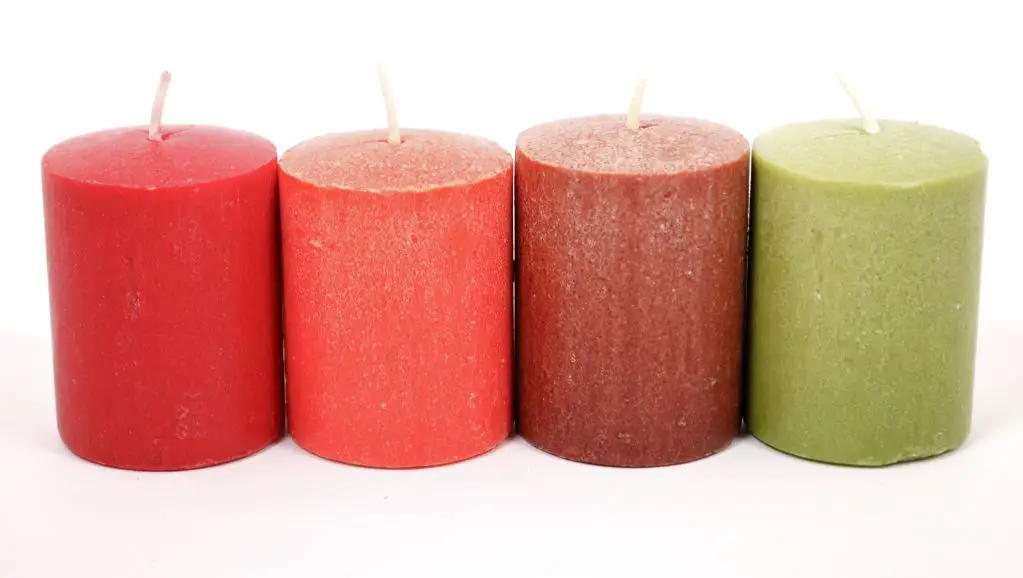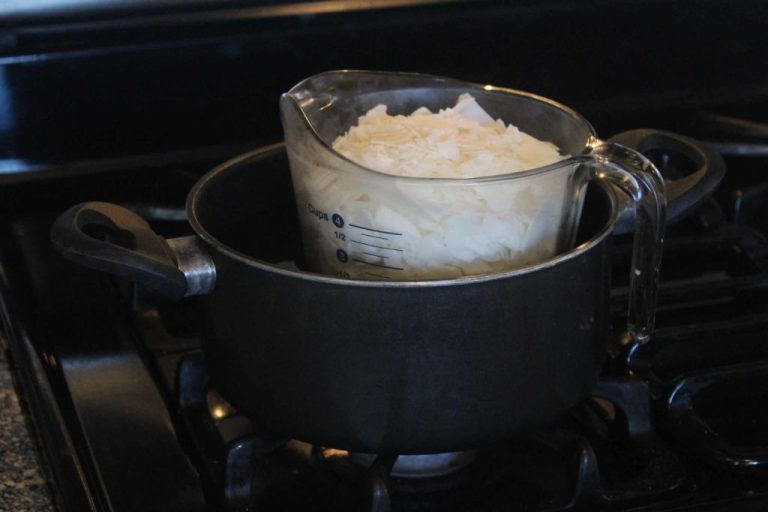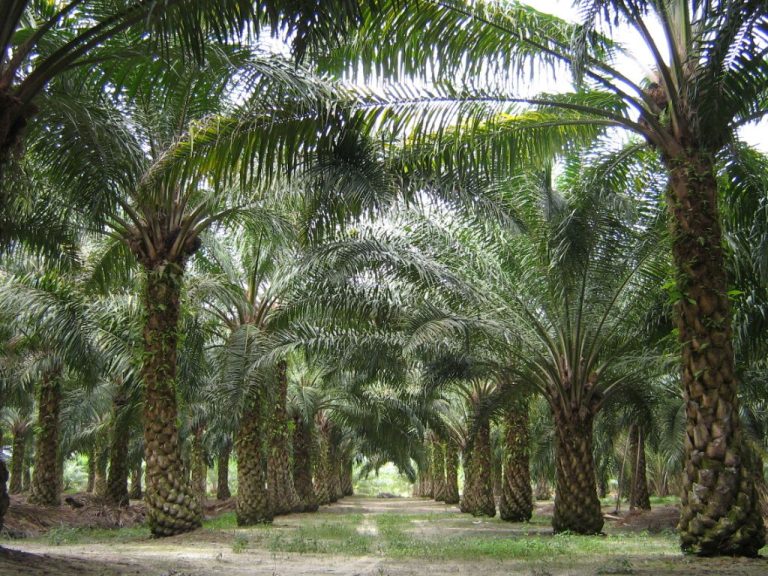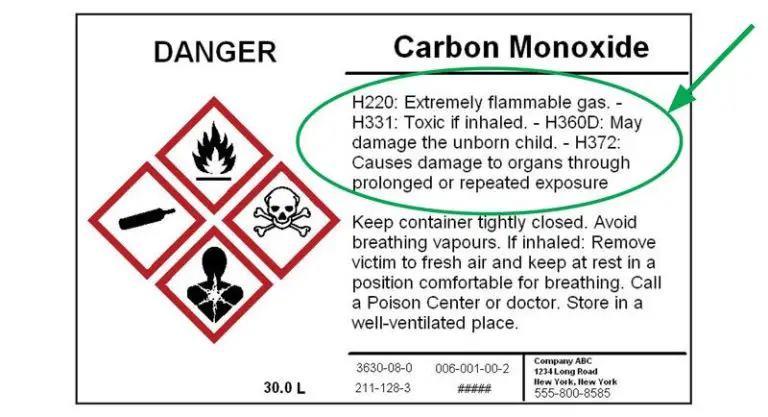Is Paraffin Wax Expensive?
What is Paraffin Wax?
Paraffin wax is a soft, colorless, solid wax derived from petroleum. It is made during the refining process of crude oil. The wax is extracted from the residue left after gasoline, diesel fuel, and lubricating oils are removed. It is composed of saturated hydrocarbons, meaning the molecules contain only hydrogen and carbon atoms. The formula for paraffin wax is CnH2n+2, where n is the number of carbon atoms. The chains of paraffin molecules can be linked together into larger crystals, which gives the wax its soft, malleable texture yet solid form at room temperature. Some key properties of paraffin wax include:
- Melting point between 47°C and 64°C (116°F and 147°F)
- Low viscosity when melted
- Chemically inert and non-toxic
- Odorless and tasteless
- Highly stable with little oxidation
- Hydrophobic (repels water)
- Burns cleanly with a hot flame
The melting point, viscosity, and crystal structure can vary based on the length of the hydrocarbon chains. This allows the properties of paraffin wax to be tailored for different applications.
How is Paraffin Wax Made?
Paraffin wax is made through the refining of crude oil. Crude oil contains many hydrocarbons, and the refining process separates them out into fractions. The lighter fractions, like gasoline and kerosene, are separated out first. The heavier waxy fractions that remain are then chilled, allowing the paraffin wax to solidify and separate from the oil. The solidified paraffin wax is then washed to remove residual oil. This refining and separation process produces paraffin wax as a byproduct.1
The refining process that produces paraffin wax also results in a number of other petroleum byproducts, like diesel fuel, lubricating oil, and asphalt. The specific fractions separated out depend on the crude oil composition and the refining process used. Optimizing the production of paraffin wax requires careful temperature control and separation procedures.
Overall, paraffin wax is derived from the heavier fractions remaining after gasoline, kerosene and other lighter oils have been removed from crude oil during the refining process. Its production as a petroleum byproduct contributes to paraffin wax’s relatively low cost compared to other waxes.
Uses of Paraffin Wax
Paraffin wax has many uses across several industries. Some of the most common uses of paraffin wax include:
Candles
Paraffin wax is the most common wax used for candle making. Its low melting point, lack of scent, and high oil content make it an ideal wax for candles. Paraffin candles burn cleanly and are inexpensive to produce (Blended Waxes).

Cosmetics
Paraffin wax is used to help smooth and soften skin in cosmetic products like lotions and creams. It provides emollient properties to hydrate and moisturize skin. Paraffin wax is also used in products like lip balm and lipstick (Encyclopaedia Britannica).
Food
Food-grade paraffin wax is used to coat the inside of jars and cans used for home canning. The wax provides a seal to prevent bacteria or mold from contaminating the food. Paraffin wax is also used as a coating on some cheeses during the aging process (Flusterbuster).
Medicine
In medicine, paraffin wax is used in warm paraffin baths to provide heat therapy for arthritis relief or sports injury recovery. It helps relax stiff muscles and reduce inflammation and pain (Blended Waxes).
Paraffin Wax Pricing
The price of paraffin wax can vary significantly based on the quantity purchased, the purity level, and geographic location. When purchasing in bulk quantities, paraffin wax costs approximately $1 to $3 per pound. Smaller 1 pound quantities tend to cost around $5 per pound. Some key factors affecting paraffin wax pricing include:
Purity Level – Refined paraffin with a higher melting point commands a higher price. Food/cosmetic grade paraffin wax costs more than industrial grades.
Quantity – Buying paraffin wax in bulk quantities of 55 lbs or more reduces the per unit price. Bulk pricing can be as low as $1 per pound.
Supplier/Vendor – Pricing can vary between suppliers. Large suppliers like Douglas & Sturgess offer 55 lb bags priced around $123.
Shipping Costs – Paraffin wax is heavy, so shipping costs factor into the final price. Suppliers located further away charge more for shipping.
Raw Material Costs – Paraffin wax is derived from petroleum. The price of crude oil affects the production costs.
Compared to alternatives like soy wax or beeswax, paraffin is generally one of the more economical options for applications like candle making. However, some consumers are willing to pay a premium for natural waxes. The pricing differs based on the application.
Why Paraffin Wax Costs What it Does
The price of paraffin wax is primarily determined by supply and demand dynamics in the market. On the supply side, crude oil prices and production costs have a major influence. Paraffin wax is derived from petroleum, so fluctuations in crude oil prices directly impact the cost of raw materials. Production costs like energy, labor, and transportation also factor in. Major global suppliers include China, South Korea, India, Russia and the United States.
On the demand side, the wide industrial use of paraffin wax in products like candles, cosmetics, polishes, and food drive worldwide demand. Growth in end-use industries increases consumption. For example, rising disposable incomes in developing nations is expanding the candle industry and paraffin wax demand. Competition from alternative waxes like soy, beeswax and gels also impacts pricing as suppliers aim to stay cost competitive.
Is Paraffin Wax Expensive Compared to Alternatives?
When comparing the cost of paraffin wax to alternative waxes like soybean wax and beeswax, paraffin wax tends to be more affordable in bulk quantities. However, for small candle-making projects, the price per pound of paraffin can be more expensive than other waxes.
Beeswax is widely considered to be a premium candle wax, prized for its natural origins and appealing honey scent. But surprisingly, beeswax candles are often priced similarly or even less than paraffin candles, according to BeeHiveCandles.com. The perception that beeswax is far more expensive arises because paraffin candles can initially seem cheap, though lack beeswax’s longevity and burn quality.
Soy wax made from soybeans is another popular alternative to paraffin that is competitively priced. Though paraffin remains the least expensive option when purchasing large batches for high volume production.
So while paraffin wax has a clear pricing advantage for mass production, its price advantage is less significant compared to beeswax and soy waxes when making candles at home or in small batches. For the individual candle maker, the price differences between waxes are often negligible.
Factors Affecting Paraffin Wax Price
The price of paraffin wax is heavily influenced by crude oil prices. Paraffin wax is derived from petroleum, so fluctuations in crude oil prices directly impact the cost of producing paraffin wax (Source 1). When crude oil prices rise, paraffin wax prices also tend to increase. Supply chain disruptions and logistics issues can also drive up the price of paraffin wax by making it more expensive to transport and deliver. Tightening environmental regulations on the petrochemical industry may increase production costs and push paraffin wax prices higher as well.
Global events that affect crude oil supply and demand often have significant effects on paraffin wax pricing too. For example, conflicts in oil-producing regions can restrict supply and cause crude oil and paraffin wax prices to spike. Economic growth and recessions also impact oil demand and pricing. Overall, the price of paraffin wax is quite sensitive to conditions in the broader fossil fuel markets.
Regional Price Variations
There can be significant differences in paraffin wax pricing depending on region and geographic location. Transportation costs play a major role, as paraffin wax production is concentrated in certain areas while demand exists globally. According to data from Intratec, in 2019 the average price per metric ton of paraffin wax was $1,410 in the United States compared to $1,330 in Western Europe.
The proximity to supply and refining capacity keeps prices lower in the United States, which is a major producer of paraffin wax. Regions further away from production centers see higher prices due to transportation costs and logistics. For example, the average price in 2019 was $1,750/ton in South America where there is limited local production. In Asia, average prices ranged from $1,430 to $1,480 per ton depending on the country.
Local market conditions also impact pricing. The balance between supply and demand in a particular region can cause prices to fluctuate above or below global averages. If there is tight supply or high demand in a regional market, prices tend to trend higher as buyers compete for limited material availability.
Price Trends and Forecasts
In recent years, the price of paraffin wax has been quite volatile. According to data from Intratec Solutions https://www.intratec.us/chemical-markets/paraffin-wax-price, the price of paraffin wax in the United States decreased to $1,410 per metric ton in January 2019, down 0.7% from the previous month. However, prices rebounded later in 2019, reaching $1,520 per metric ton by December 2019.
The COVID-19 pandemic caused major disruptions to paraffin wax supply chains in 2020. Prices plummeted early in the pandemic but then recovered toward the end of the year according to data from BusinessAnalytIQ https://businessanalytiq.com/procurementanalytics/index/paraffin-wax-price-index/. Prices have remained relatively stable since then.
Looking ahead, most analysts expect continued stability or small increases in paraffin wax pricing over the next few years. However, factors like crude oil prices, global economic conditions, and supply/demand balances could drive more significant price changes. Overall, dramatic price swings are not anticipated barring major unforeseen disruptions.
Conclusion
In summary, paraffin wax is derived from petroleum and is relatively inexpensive to manufacture. Its price tends to range from $1-3 per pound in bulk quantities. While not the cheapest wax available, paraffin is more affordable than beeswax or soy wax. Its low cost and versatility make it popular for candles, cosmetics, and industrial applications.
Whether paraffin wax is “expensive” is subjective and depends on the available budget and intended use. But overall, it is one of the more economical waxes, especially when purchased wholesale. The price of paraffin can fluctuate based on crude oil prices and supply/demand, but has remained fairly stable over time.
For most household uses, paraffin is an affordable wax option compared to pricier natural waxes. However, for large-scale industrial uses, even small price differences can add up. But its combination of low cost, availability, and desirable properties will likely keep paraffin wax in widespread use for the foreseeable future.





